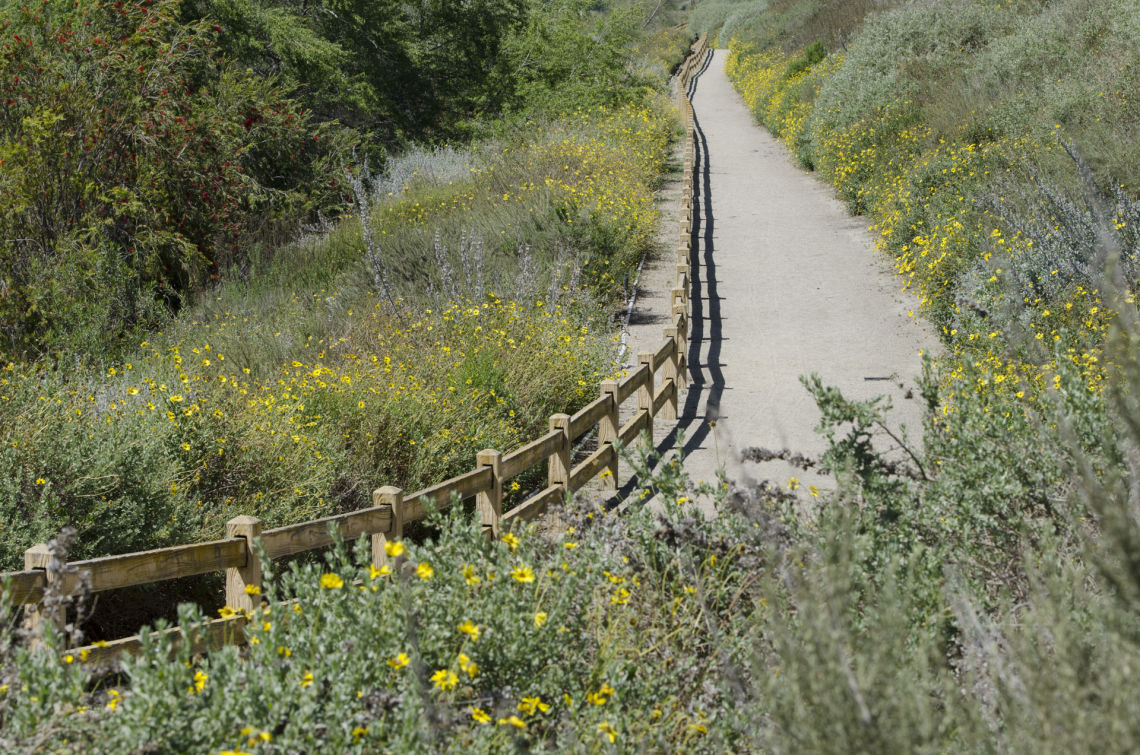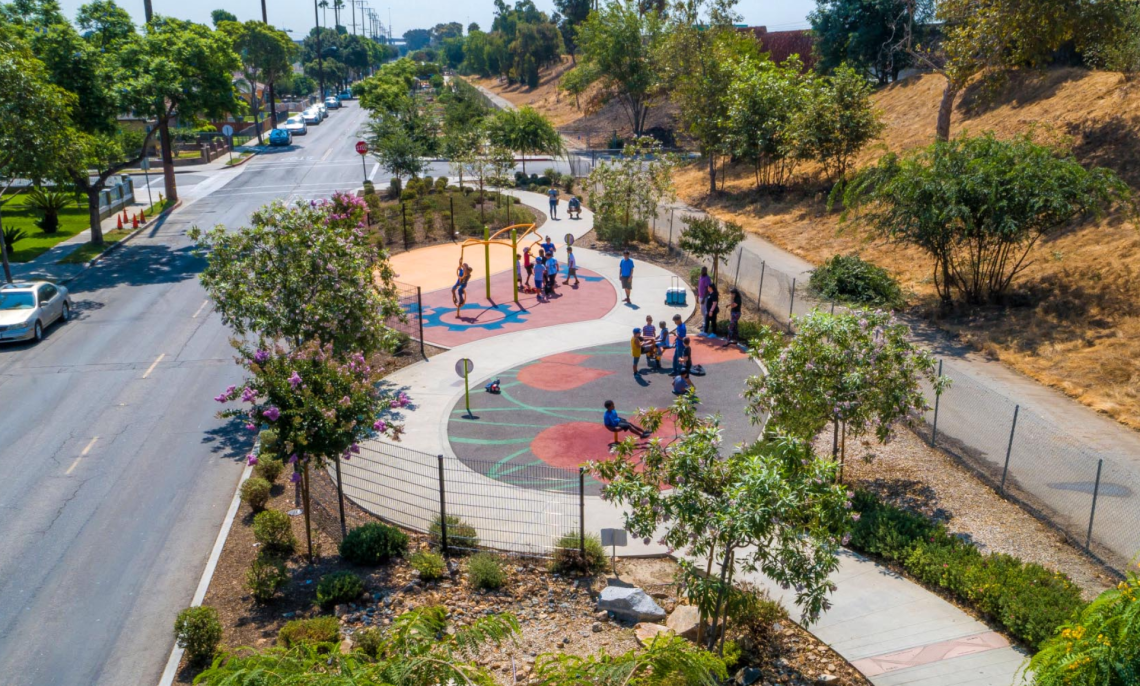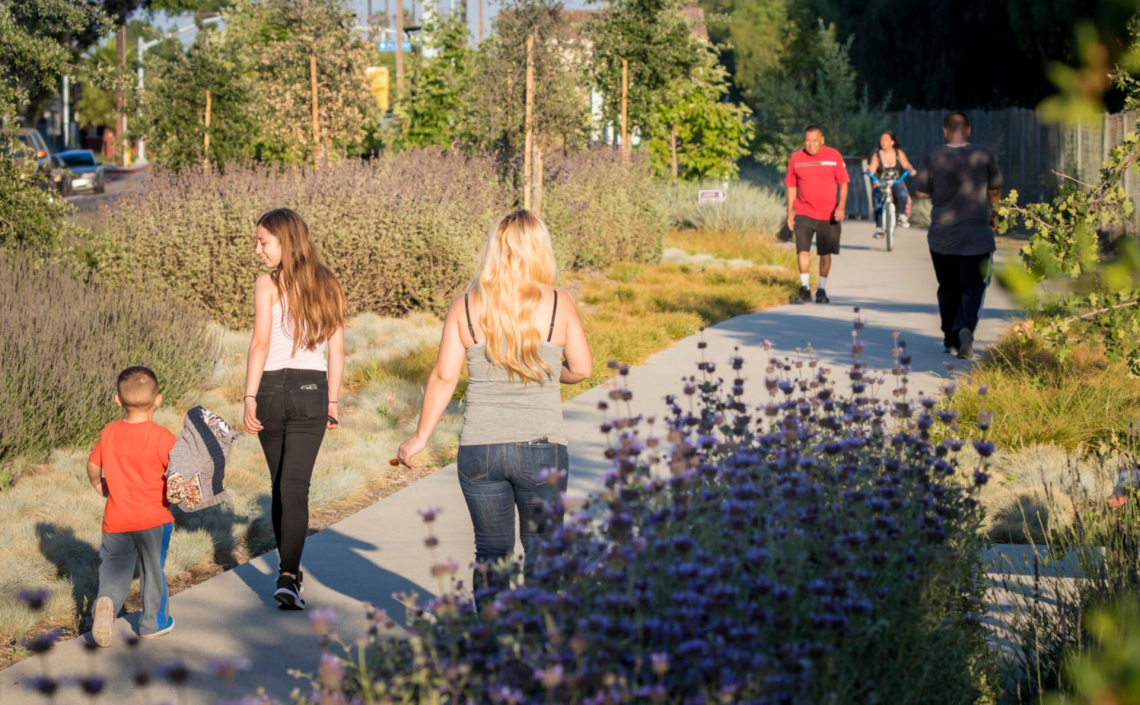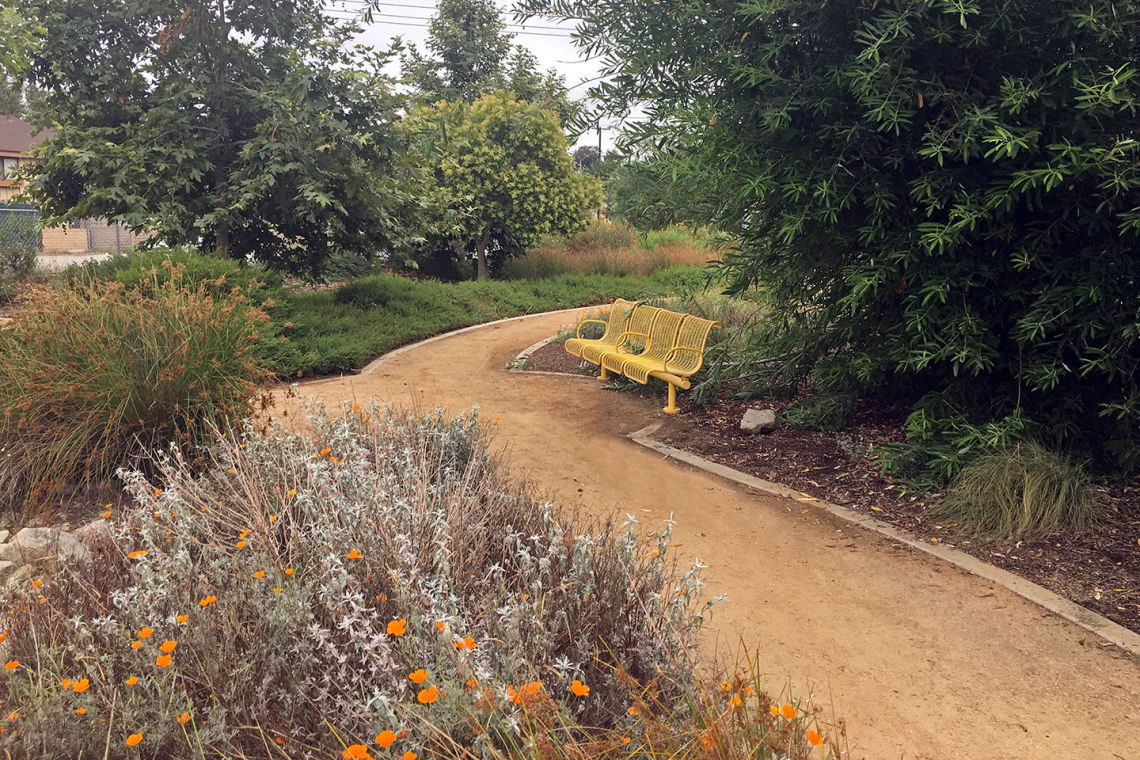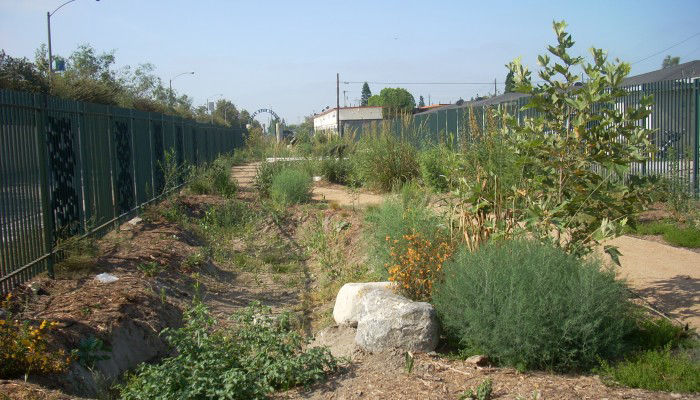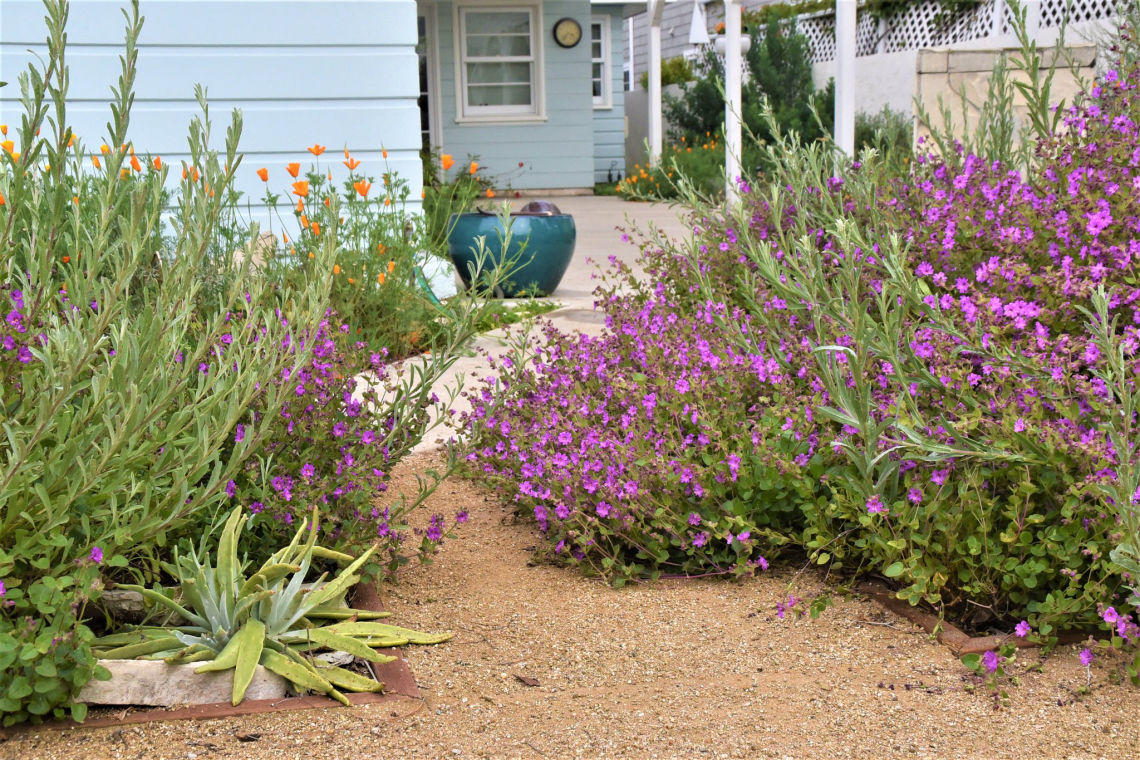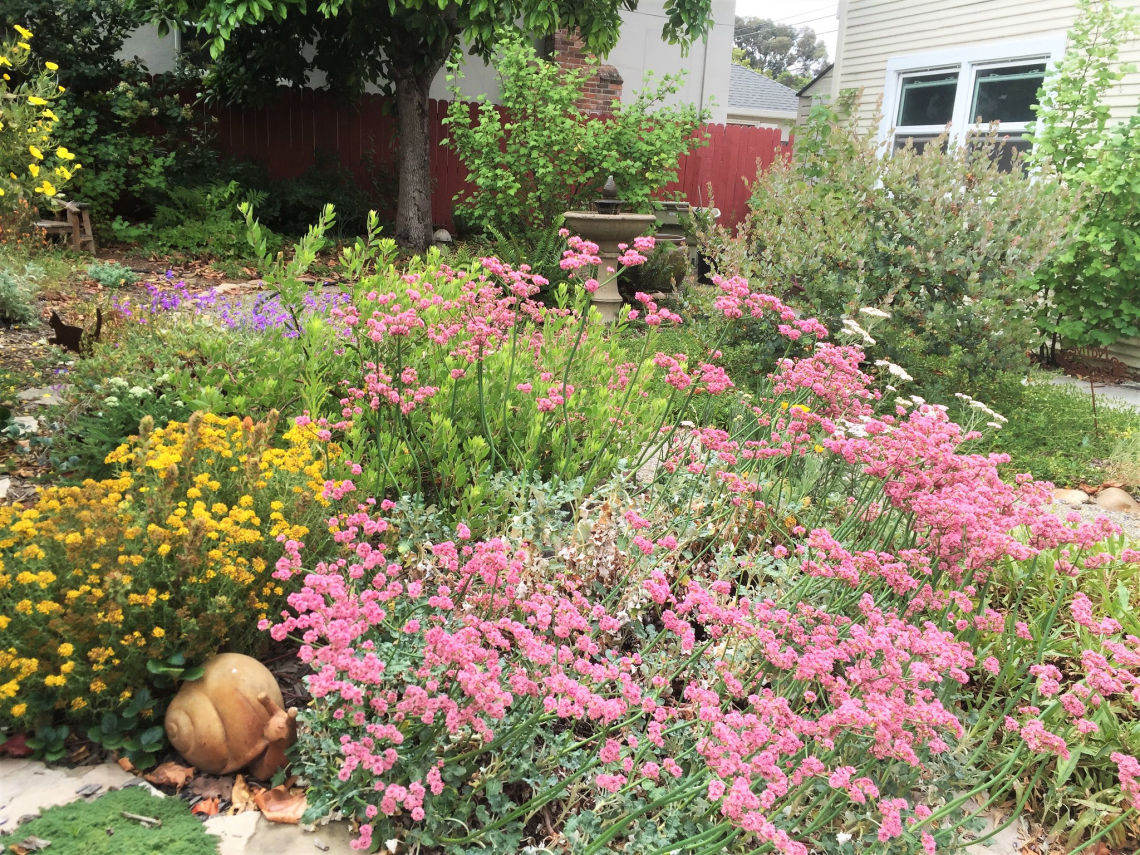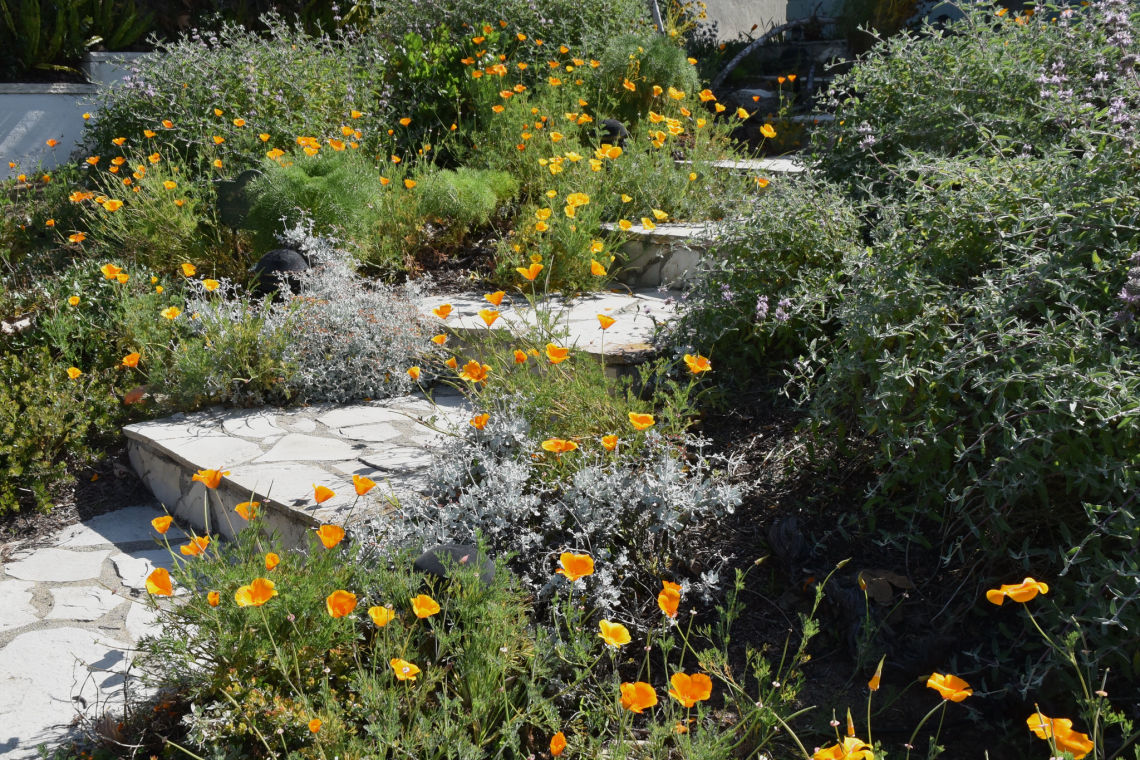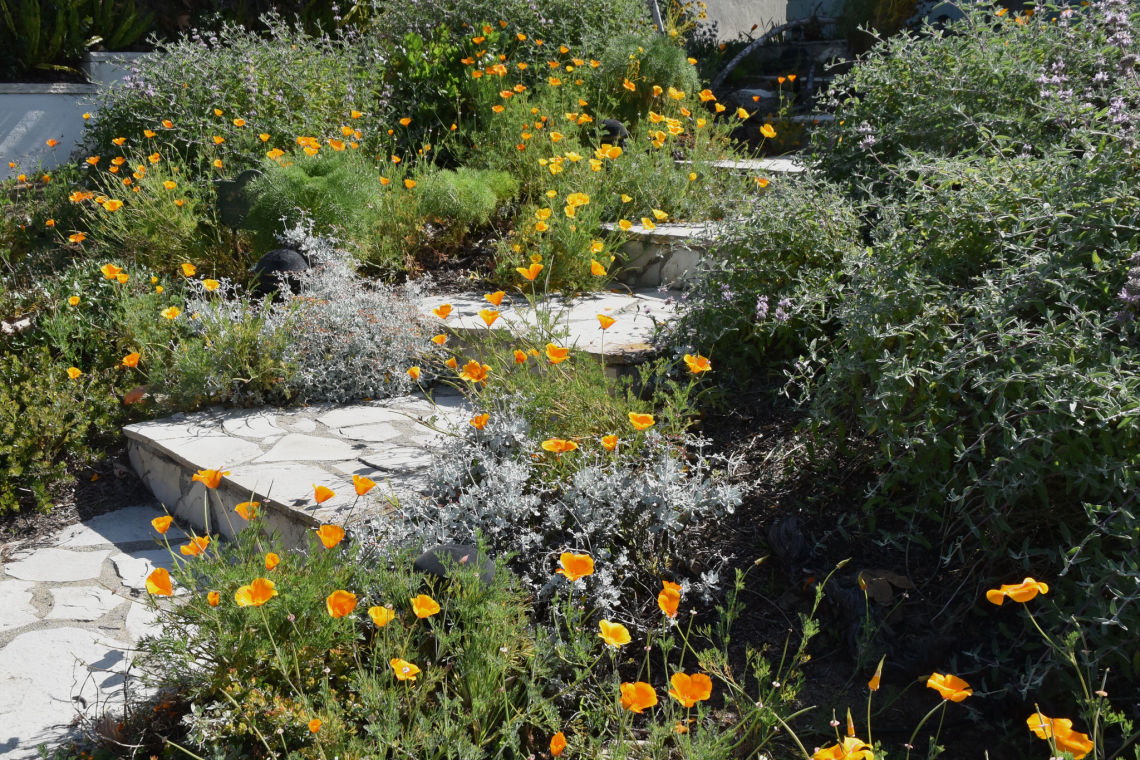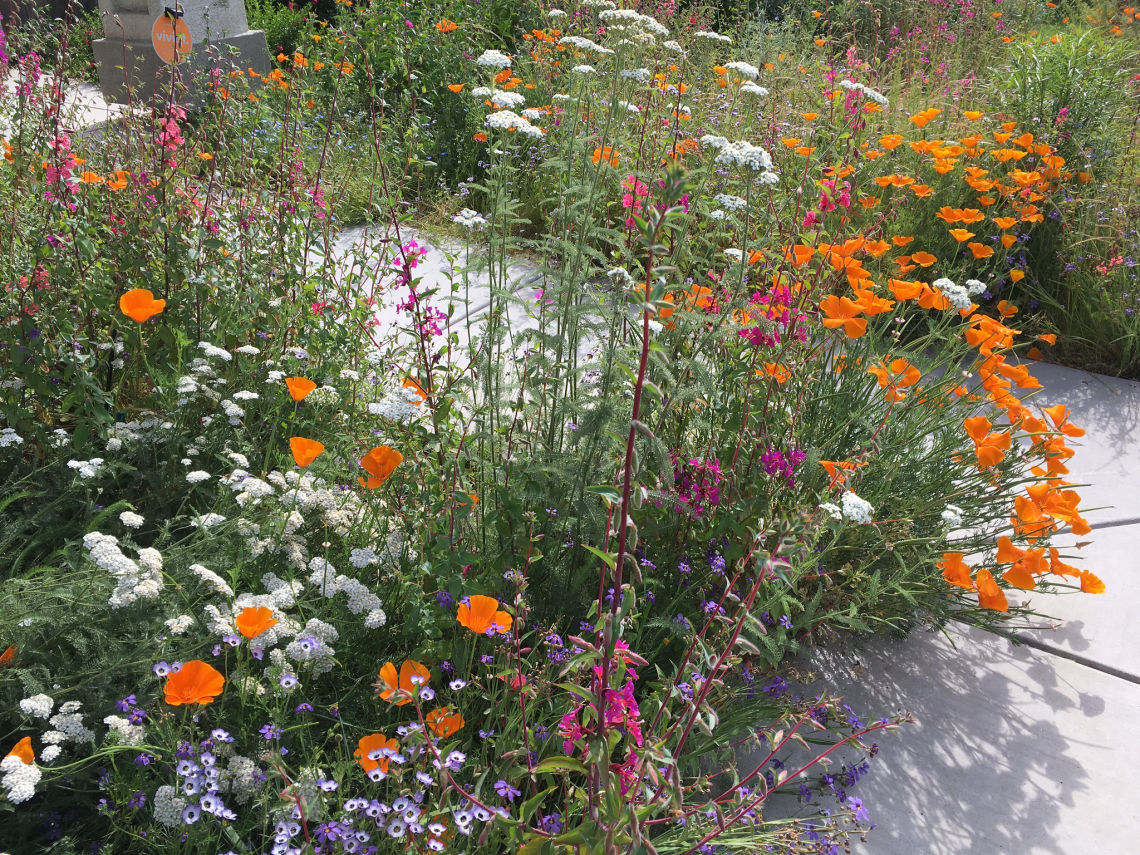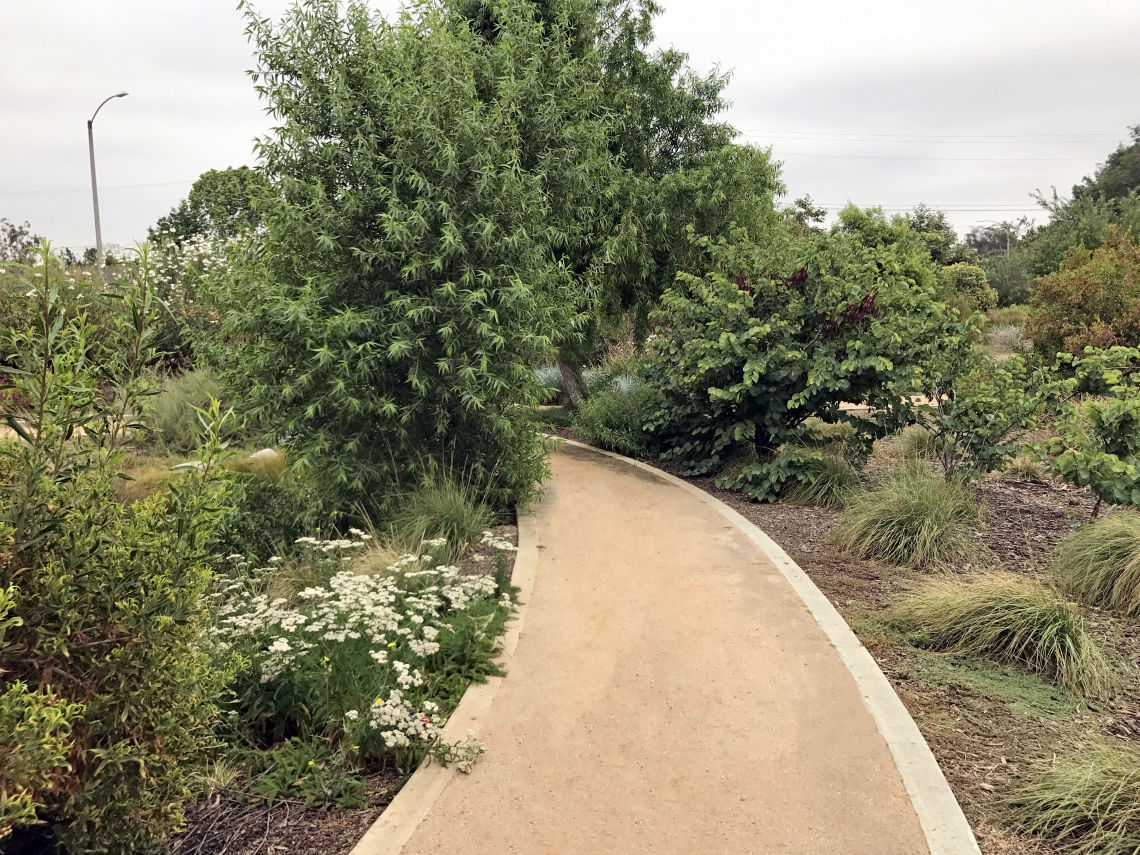Ecology
Inviting Nature at Home
dji 0249 dominguez gap wetlands

Green space can profoundly benefit plants and wildlife important for associated services and our own wellbeing, supporting everything from clean air and water to food, the materials we use, the places we live, and what inspires us.
California has the most native and endemic plant species of any state in the US, at approximately 6,500 species, subspecies, and varieties of plants—about a third of all vascular plants in the US [1]. At the same time, the LA area is part of an internationally-recognized biodiversity hotspot for the diversity of plant and wildlife species and the threats that they face here [2]. Globally, species populations have declined by 68% since 1970 [3].
As our communalities have grown, the land that once supported vast populations of native plants and animals have dramatically shrunk. Today, you may find a few patches of natural habitat here and there but for the most part our designed landscapes reflect an idealized lushness of lawns and greenery more suitable to tropical and east coast climates that are far wetter than our own. During Southern California’s development boom in the mid-20th century, marketers perpetuated an aesthetic that would appeal to mid-west and east coast buyers at the time: the “ideal” of homeownership as a house with a bright green lawn and a white picket fence. This landscape has become the norm, but it is not natural. Maintaining these idealized yards requires immense amounts of as water, fertilizer, pesticides, and constant mowing. For all this cost, most homeowners get only a few benefits in return.
Over the last two decades as our region has experienced the effects of prolonged droughts, our awareness of the need for low-water landscapes has increased. In recent years, turf-replacement incentives from water companies and cities began a small shift away from lawns. During the height of these programs, contractors took advantage of the incentive by marketing artificial turf and simple rock and cactus gardens to homeowners. Unfortunately, this only exchanged one exotic landscape for another and did little to restore our local ecology.
Now, through education and outreach by community-based organizations, non-profits, state and local agencies, a shift toward the use of native plants in our public spaces, parks, roadways, and river corridors is underway. Incentive programs are shifting away from artificial landscapes and beginning to promote natives and other climate appropriate plant materials. Native plants and healthy soil are key for wildlife and associated services important for our own wellbeing:
• 90% of the insects that eat plants can develop and reproduce only on native plants, and most wildlife is dependent on these insects [4].
• Hummingbirds specialize on 80% insects. 96% of our terrestrial birds species rear their young on insects…mostly caterpillars [4].
• A native oak tree can provide sustenance for 557 species in our food webs; a non-native lilac, 40 [4].
To shift our collective ideal of our own front yards, we’ll need to reexamine these spaces with open minds. Our yards and streetscapes can enhance ecological resilience in our communities and provide us with a variety of beautiful, functional benefits. Yards and landscapes can be shaped with high and low ground to capture and use rainwater. Appropriate use of native plants can greatly reduce maintenance needs, water bills, and divert tons of green waste from landfills. In return the native plants will invite nature back into our everyday lives by providing food and shelter for local birds, butterflies and other pollinators, beneficial insects and local wildlife. We can revel in the life our yards and other landscapes support and enjoy wondrous scents when rains fall, or we brush against their leaves.
[1] University of California, Berkeley. 2014. Jepson eFlora. Jepson Flora Herbarium.
[2] Critical Ecosystem Partnership Fund. 2020. Biodiversity Hotspots: California Floristic Province.
[3] World Wildlife Foundation. 2020. Living Plant Report 2020 – Bending the curve of biodiversity loss. Almond, R.E.A., Grooten M. and Petersen, T. (Eds). World Wildlife Foundation: Gland, Switzerland.
[4] Tallamy, Douglas. 2009. Bringing Nature Home: How You Can Sustain Wildlife with Native Plants. Timber Press: Portland, OR.
Native plants will invite nature back into our everyday lives by providing food and shelter for local birds, butterflies and other pollinators, beneficial insects and local wildlife.
_________________
Strategies
Made with ❤️ by TreeStack.io

